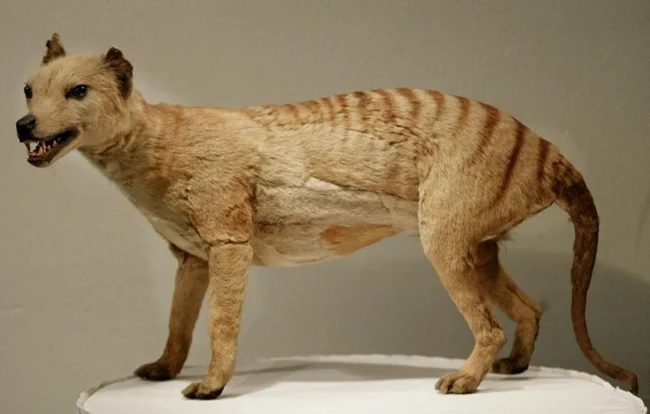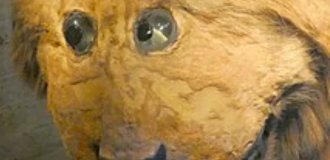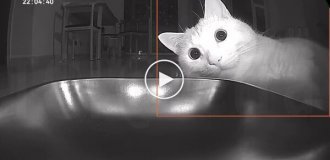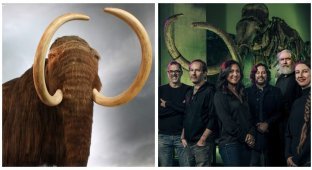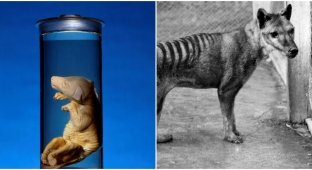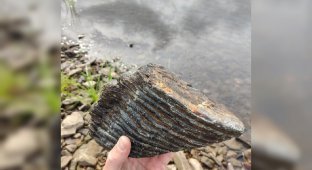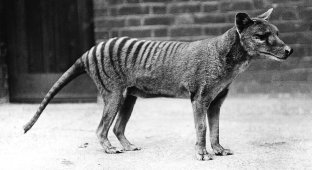Scientists intend to resurrect the dodo bird and the woolly mammoth by 2028 (6 photos)
The long-extinct dodo could be brought back to life by 2028, 350 years after humans drove it to extinction. Scientists are also planning to bring back the woolly mammoth and the Tasmanian thylacine. 
Genetic engineering company Colossal Biosciences is attempting to bring back the woolly mammoth, the Tasmanian thylacine, and the dodo.
A baby woolly mammoth, extinct for 4,000 years, could be born as early as 2028.
In an interview, CEO Ben Lamm explained: "I don't think the mammoth will be the first to be brought back. It takes 22 months for a fetus to fully develop." 
The first to be brought back could be the dodo or the Tasmanian wolf, as they take less time to develop.
The dodo was endemic to Mauritius. The species thrived on the island before Europeans arrived in the late 1500s.
The birds were not afraid of people at all, and their lack of fear and inability to fly made them easy prey for sailors and imported animals. In addition, the bird laid only one egg at a time, which significantly accelerated the extinction. 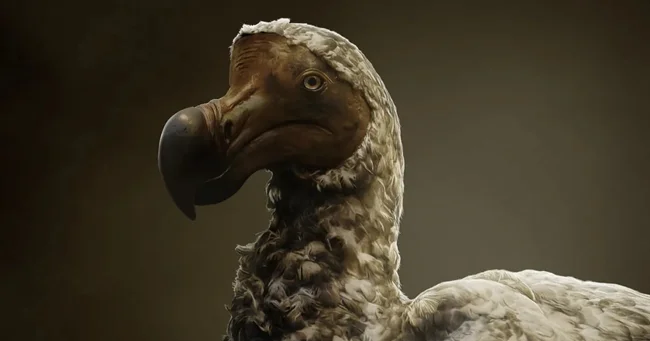

"We're not bringing them back to be hunted or eaten," Lamm says. "It would be very sad [if they were hunted], but we hope that the authorities will help us provide protection."
He wants to do more than resurrect one or two individuals, but to create full-fledged populations in different regions.
"Our partners in nature conservation have achieved significant success in restoring entire populations from just five to ten individuals. We will follow their example. Our goal is several populations," the expert noted. 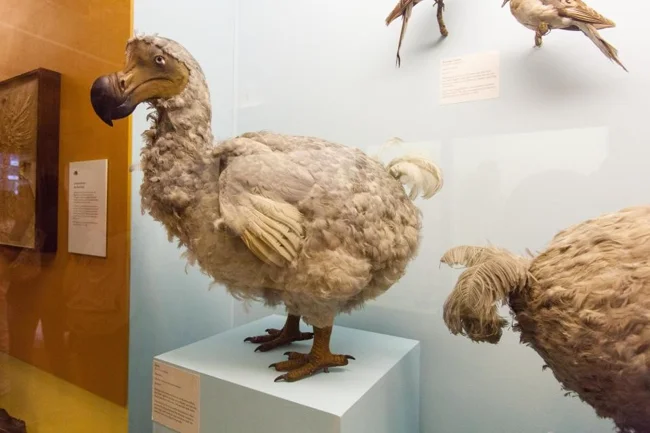
Visually, these animals will look like extinct species, but will still be genetically modified versions of their ancestors. Thus, the genes of the woolly mammoth will be combined with the genes of the Asian elephant, the closest living relative. This is necessary for adaptation to the conditions of the Far North. 